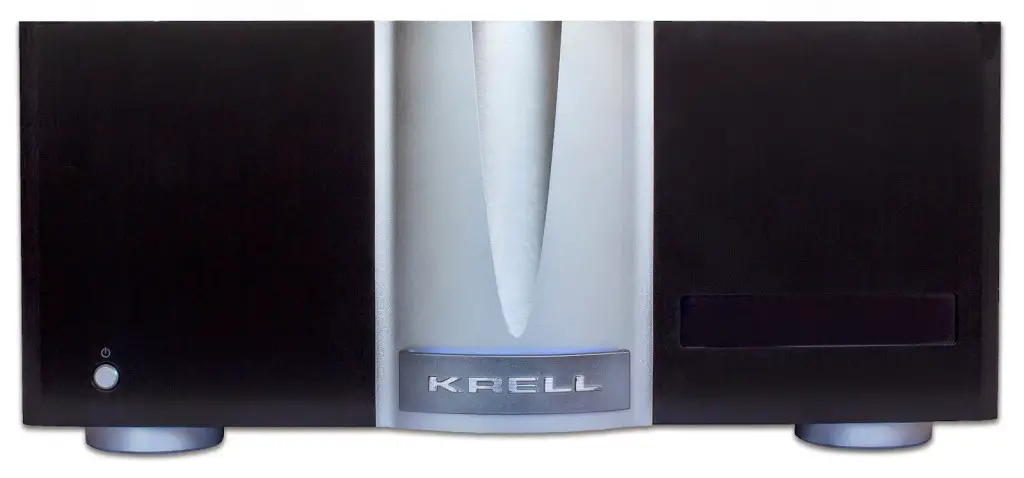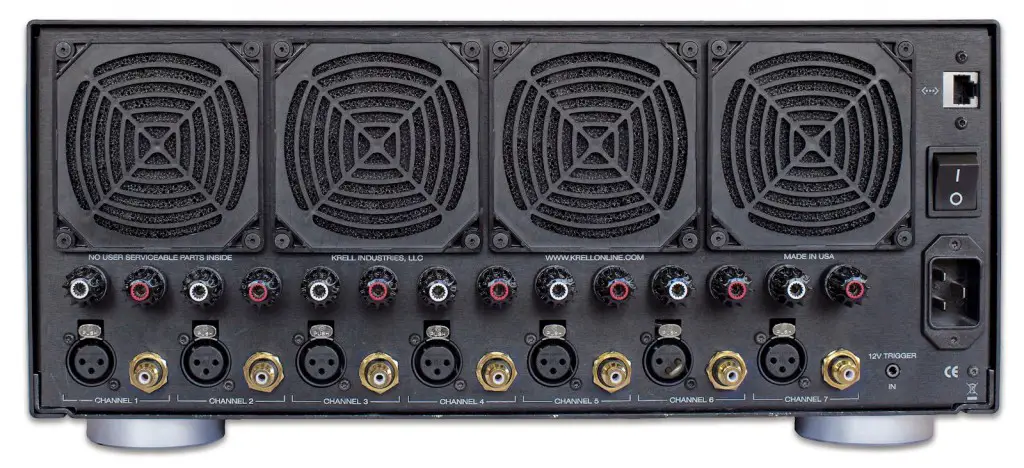 |
| Krell’s iBias Class A Technology Multichannel Amplifiers |
The Krell name is virtually synonymous with the best of the best in high end audio. For over three decades, Krell’s products and especially their audio amplifiers have won countless industry awards. Krell’s amplifiers have established themselves across the industry as the benchmark for dynamics and driving just about any speaker on the planet and doing so with the sonic purity of Class A topology.
Chorus 5200 and Chorus 7200 Highlights
iBias Class A Technology – Krell Chorus amplifiers utilize our new iBias Class A Technology to operate in Class A to rated power output. The core of the iBias technology is an innovative circuit that measures output current, reflecting the demands of the connected speaker in real time. iBias circuitry then adjusts the Class A bias to the optimum level. In addition, iBias reduces Class A bias when the signal is at low levels minimizing heat generation and power consumption. The Chorus 5200 and Chorus 7200 are the first Class A multichannel amplifiers and deliver dramatic improvements in sound quality, especially midrange richness and purity, to music and movie soundtracks.
Power Supply Highlights – Power supply technology has always been an important contributor to the Krell sound. The Chorus 5200 uses three toroidal transformers and the Chorus 7200 uses four toroidal transformers to feed amplifier modules that include the audio circuitry, rectifier, and power supply filtering mounted to an individual heat sink. This design shortens the electrical path from the power supply to the output transistors, allowing the circuit to respond faster and control the speakers better and more accurately.
 |
| Rear view of the Krell Chorus 7200 amplifier |
Once the amplifier is connected to a network router with Internet access, the amplifier’s advanced protection systems are now viewable on an Internet-connected device. Excessive current, output DC, fan speeds, short circuit, and overheating are all monitored in real time. If an issue occurs, the fault is displayed on the front panel and reported on the web server interface. Emails will automatically be sent to as many as three email addresses to notify the end user and/or the dealer of the condition












